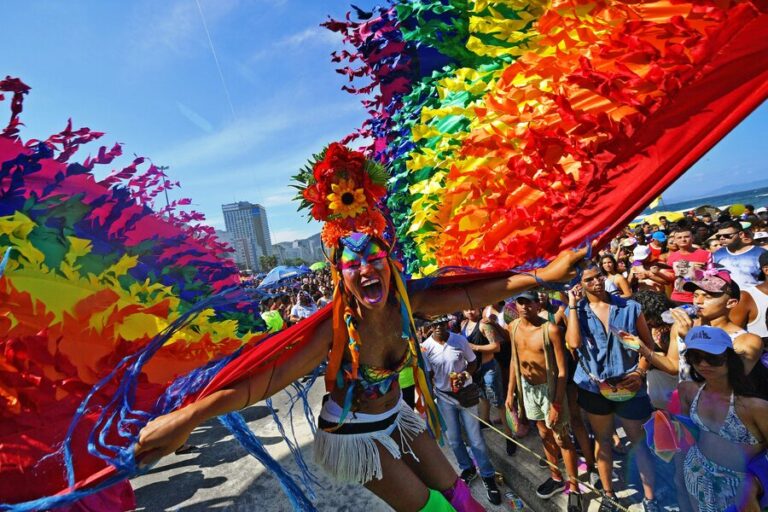Maybe it’s the mountain air, the vibrant (er, chaotic) streets, or the abundance of living heritage that reminds us of our (tiny) place in world history, but Kathmandu can’t help but induce a real calm: Nepal’s largest city has endured extreme adversity, like the devastating 2015 earthquake that reduced precious historical monuments to rubble, or, in the case of its queer community, a long-standing absolute monarchy.
After the kingdom was abolished in 2007, homosexuality was finally legalized, and Nepal is now one of the most progressive countries in Asia when it comes to LGBTQI+ rights (initials are preferred here, with the I standing for the legally recognised intersex community). The 2015 constitution granted citizenship rights according to gender identity and introduced anti-discrimination laws. It may not seem like much (there is of course still a long way to go), but these efforts speak volumes in a region that tends to be conservative.
Most visitors to Nepal take a break on their way to a Himalayan mountain adventure, which is why there are LGBTQ+-friendly tour operators like Out Adventures, Brand G and Encounters Nepal. But make sure to stick around for a while to enjoy the nightlife in the tourist-filled Thamel district. Opened in 2015 by a Nepalese trans model, PINK Tiffany transforms from a daytime restaurant into a queer hangout spot in the evening, while the popular Fire Club rocks on Fridays, especially if you’re into that Britney vibe.
A good time to visit is during one of the many festivals, such as Indra Jatra or Kumari Jatra, held in late summer. This eight-day event includes a procession of the Kumari, a child of the Newar people, the original inhabitants of the Kathmandu Valley, who is worshipped as a living goddess until adolescence. A glimpse of her is said to bring good fortune. —Vanita Salisbury

